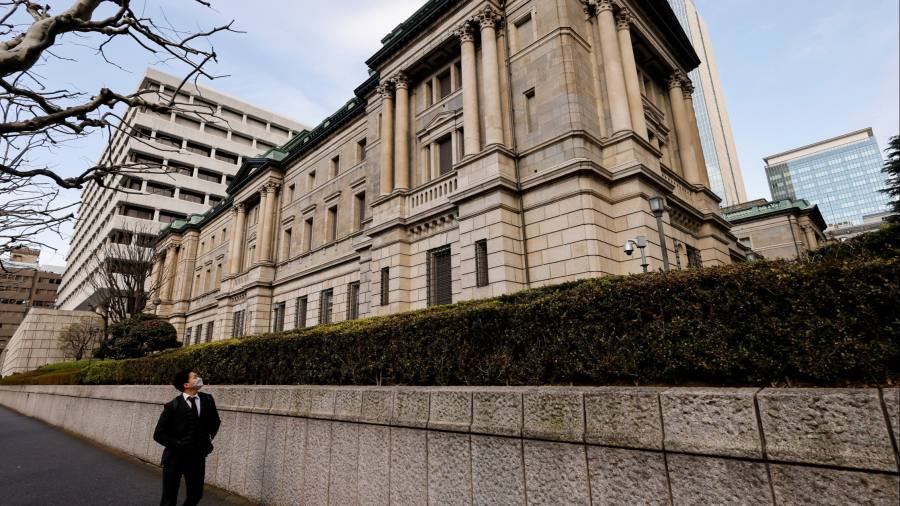The Bank of Japan has left its yield curve control measures unchanged after a closely watched meeting, bucking market pressure to scrap a core pillar of its monetary policy.
The decision came after a two-day meeting — the penultimate under the BoJ’s longest-serving governor, Haruhiko Kuroda — and follows weeks of turmoil in the Japanese government bond market during which yields surged.
The central bank spent roughly 6 per cent of Japan’s gross domestic product defending its yield target in the last month alone.
Following the BoJ’s unexpected decision in December to widen the target yield ceiling on 10-year Japanese government bonds, markets had confronted the possibility of a historic pivot by the last of the world’s leading central banks still sticking to an ultra-loose monetary regime.
But instead of scrapping its policy of yield curve control, the central bank made no further changes, saying that it would continue to allow 10-year bond yields to fluctuate by 0.5 percentage points above or below its target yield of zero.
It kept overnight interest rates at minus 0.1 per cent.
Kuroda will step down in April after a record 10 years as BoJ governor.
Since its last policy meeting on December 20, the BoJ has spent around ¥34tn ($265bn) on bond purchases, with the yields on 10-year bonds rising above the target band to 0.53 per cent last week. That prompted markets to put pressure on the central bank to abandon the yield target altogether.
“This pace of bond purchases is not sustainable. Clearly we are seeing the limits of the YCC in the face of rising yields. It’s now in a terminal condition,” Mari Iwashita, chief market economist at Daiwa Securities, said ahead of the policy meeting.
Kuroda said last month that changing the YCC limits were meant to improve bond market functioning and were not an “exit strategy”.
Read the full article here



